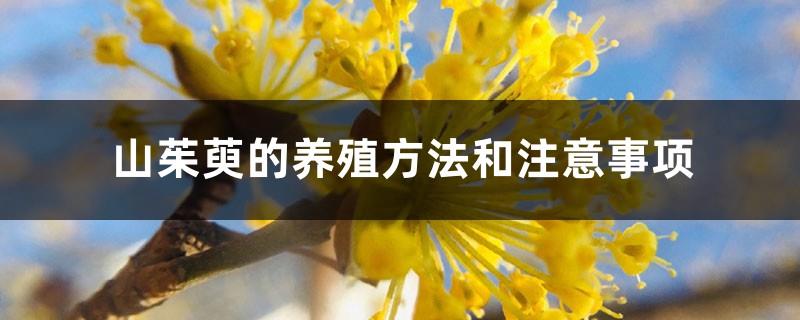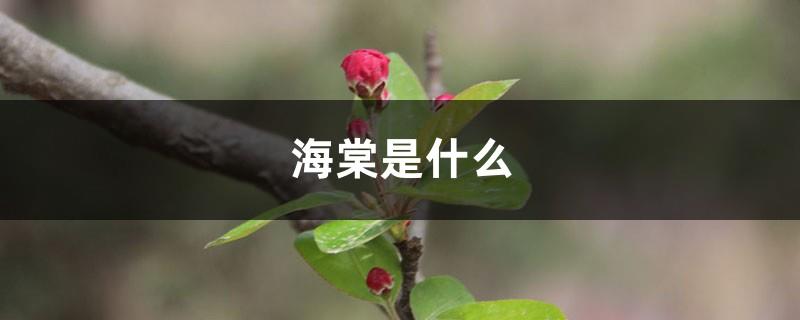Dogwood cultivation methods and precautions
Last Update :2024.11.07
Article Catalog
Precautions for cultivating dogwood
Dogwood, also known as cornus, cornus, cornus, etc., is a deciduous shrub or small tree. The ripe fruit can be used as traditional Chinese medicine, commonly known as jujube peel. It tastes sour and astringent. It is an astringent tonic and has the effect of nourishing the liver and kidneys and antiperspirant.

How to grow dogwood
Cultivation methods of dogwood
Temperature and light
Dogwood is a positive tree species in warm temperate zones. The suitable temperature for its growth is between 20 and 30°C. If it exceeds 35°C, it will not grow well. It has strong cold resistance and can withstand short-term low temperatures of -18℃.
Dogwood is more tolerant of shade but prefers sufficient light. It usually grows well in the middle and lower parts of hillsides, on shady slopes, sunny slopes, valleys and both sides of rivers. But avoid direct sunlight in summer.
Soil
Dogwood should be planted in fertile soil that is well-drained and rich in organic matter. The soil should be mixed with an appropriate amount of river sand to increase drainage and air permeability. It is better to be slightly acidic.
Water and fertilizer management
During the growth process, dogwood should be irrigated three times a year. The first time is before budding and flowering in the Spring Festival, the second time is during the fruit filling period in summer, and the third time is before winter, so that the dogwood can survive the winter safely.
For dogwood fertilization, top-dressing should be done once in spring and autumn. The top-dressing time is in mid-April when the young fruit is in its early stages for the best effect. Top dressing during the flowering and fruit setting periods, spraying 0.1% boron solution is also effective.

Precautions for dogwood cultivation
Propagation methods
Dogwood can be propagated by sowing, cutting, grafting, and layering. Because the reproduction coefficient of dogwood is relatively large, grafted seedlings can bloom and bear fruit in 2 to 3 years. Grafting method can make dogwood bear fruit early and benefit early.
Pest and disease control
During the growth of dogwood, there will be diseases such as angular spot, anthracnose, powdery mildew, gray plaster disease, and fruit-boring moths. (corne-eating heartworm, corne fleshworm), giant rainfly moth (debt avoidance moth), wood looper (bridge-builder), leafhopper, thorn moth pests, wood cyst moth, scale insect pests, green-legged locust (locusts) and other pests. It is necessary to control pests and diseases so that dogwood can grow healthily and vigorously.

Precautions for cultivating dogwood
- END -
What is Begonia? Can Begonia be eaten?

It is the common name of the genus Apple and Papaya, which includes many plants. T...
What types of flower pots are there?

Plastic flowerpots: lightweight in material and rich in color, but weak in air per...